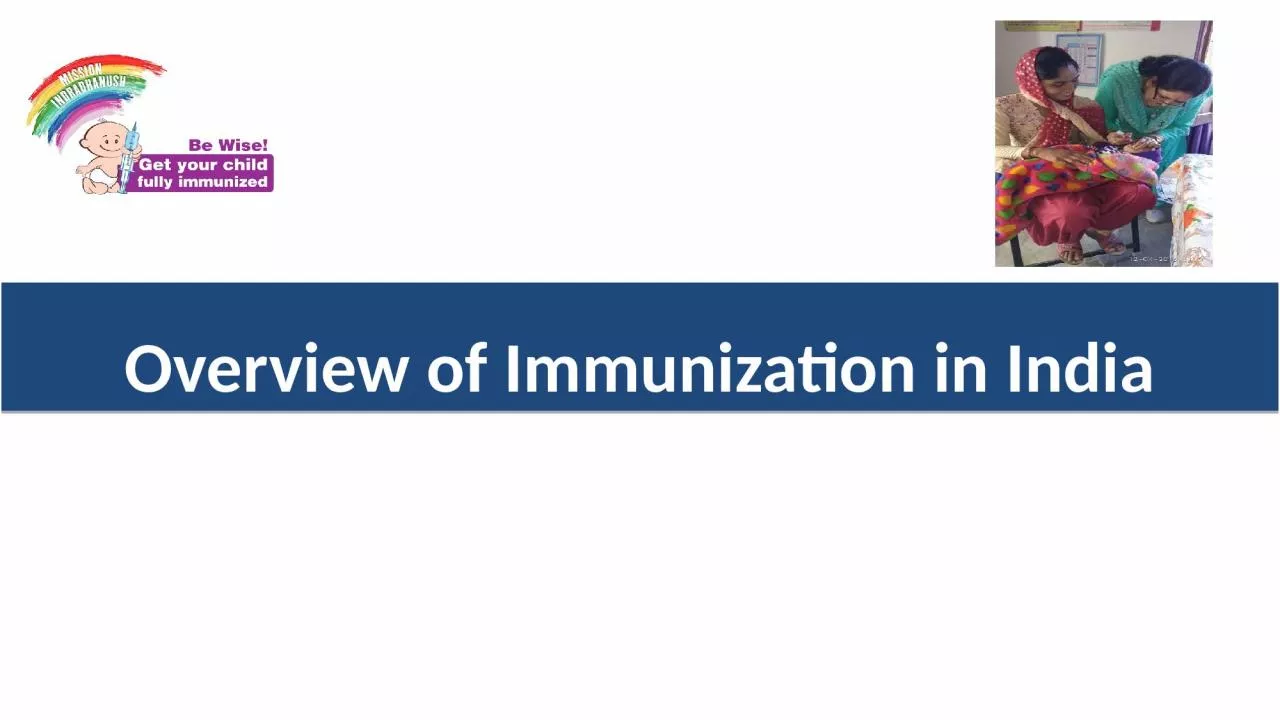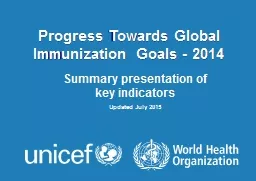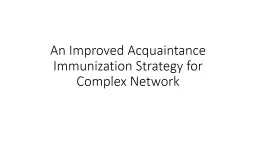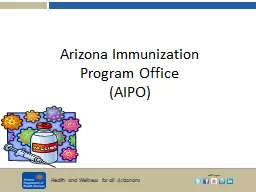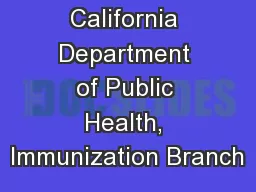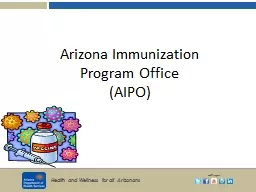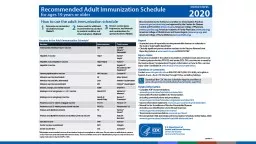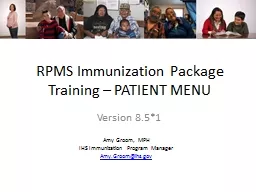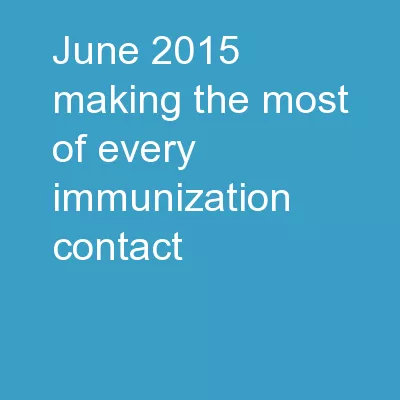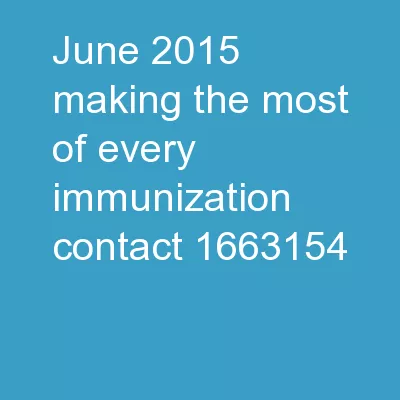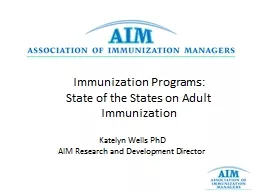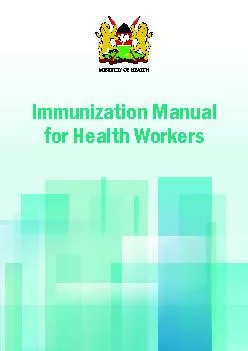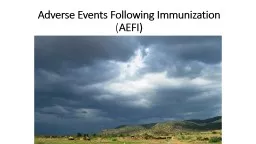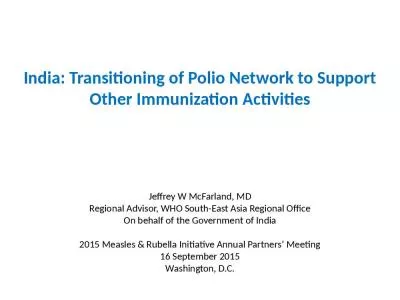PPT-Overview of Immunization in India
Author : alis | Published Date : 2022-06-11
Outline of Presentation UIP Scope and Scale Immunization Coverage trends Newer Interventions amp future plans inas Scaling up coverage Mission Indradhanush New
Presentation Embed Code
Download Presentation
Download Presentation The PPT/PDF document "Overview of Immunization in India" is the property of its rightful owner. Permission is granted to download and print the materials on this website for personal, non-commercial use only, and to display it on your personal computer provided you do not modify the materials and that you retain all copyright notices contained in the materials. By downloading content from our website, you accept the terms of this agreement.
Overview of Immunization in India: Transcript
Download Rules Of Document
"Overview of Immunization in India"The content belongs to its owner. You may download and print it for personal use, without modification, and keep all copyright notices. By downloading, you agree to these terms.
Related Documents

